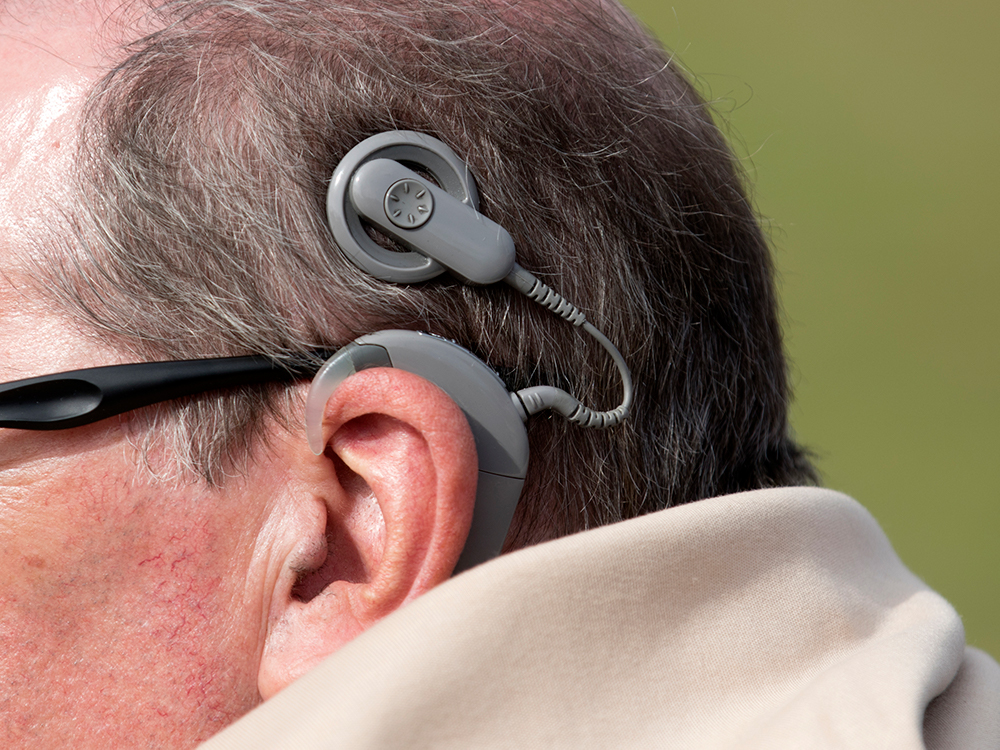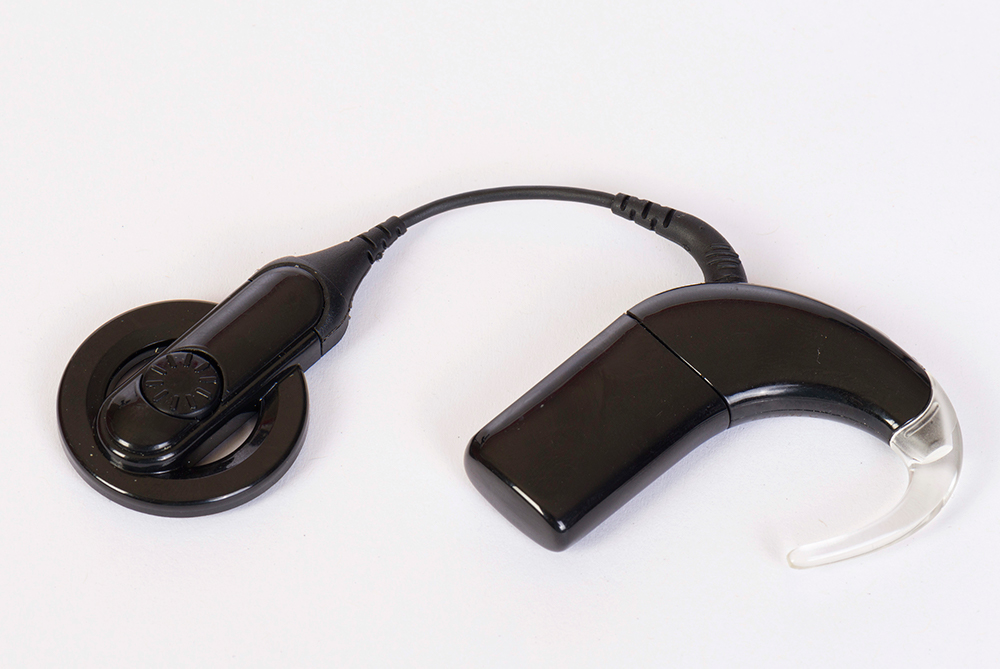
Why is this research needed?
Nebraska’s innovative brain imaging research is needed to shed light on why some adults have more success with CIs than others. Although cochlear implants can significantly improve auditory speech perception, their success rate is difficult to predict. Variability factors include a person’s age, duration of deafness, level of preoperative usable hearing and pre-CI hearing aid use. But these factors only explain about 20% of the variance.Why is CI success hard to predict?
The researchers hypothesize that a person’s brain plasticity — its capacity to re-learn and re-organize — may affect how he or she adapts to the CI device. After all, getting CI is not like getting a pair of glasses. One does not immediately hear clearly after the device is implanted. Aural rehabilitation takes time to allow the brain to make necessary changes to understand the device’s signals.Study Details
Who participates in the study?
Study participants include adults who are considering CI to address severe to profound hearing loss.When will the research be conducted?
This study will be carried out over three years beginning in spring 2020.How will data will be collected?
Brain scans will be collected using non-invasive brain imaging techniques:- Functional magnetic resonance imaging (fMRI)
- Functional near-infrared spectroscopy (fNIRS)
- Diffusion weighted imaging (DWI)
Where will the research take place?
In-person visits will take place at the Neuroimaging for Language, Literacy and Learning (NL3) laboratory in the Center for Brain, Biology and Behavior (CB3), located on the east side of Memorial Stadium on the UNL city campus.Directions to CB3
How will the results be used?
The information gathered from this study will be used to develop a treatment protocol that involves using brain imaging data to best guide clinical practices for adults and children. This imaging-guided process may assist pre-surgical evaluation of CI candidacy and assist in post-surgical rehabilitation.Benefits
Science & Medicine
The findings will expand ideas about the relationship between brain plasticity and speech perception outcomes after implantation and increase the use of brain imaging techniques in the pre-surgical evaluation of CI candidacy.
Clinicians
The findings will guide future clinical practices and offer additional evidence for doctors to determine strong candidates for whom a cochlear implant will likely be successful and give a better prognosis.
Future CI Candidates
The findings will offer future CI candidates more reliable prognosis which will empower them to make informed decisions about whether to proceed with the invasive CI surgery or consider alternative options.
Cochlear Implants
What is a cochlear implant device?
A cochlear implant is a complex electronic device that can effectively restore hearing in individuals with severe to profound hearing loss. While the CI does not restore normal hearing and differs from hearing aids, which amplify sounds, it provides a useful representation of sounds by directly stimulating the auditory nerve. The CI devices’ success hinges on how well the auditory nerve functions.CI devices consist of two parts:
- The internal component placed in the cochlea (inner ear), which directly simulates the auditory nerve, bypassing the damaged hair cells.
- The external component, which processes the acoustic inputs and transmits electric signals into the internal component.
Learn more about CIs

Funding
This project is led by researchers in the University of Nebraska–Lincoln’s Department of Special Education and Communication Disorders and the University of Nebraska Medical Center and housed in the Nebraska Center for Research on Children, Youth, Families and Schools.
Funding is provided through grant award number 1R21DC018110–01 from the by the National Institute on Deafness and Other Communication Disorders (NIDCD) with additional support from the Great Plains IDeA-Clinical & Translational Research collaborative network.